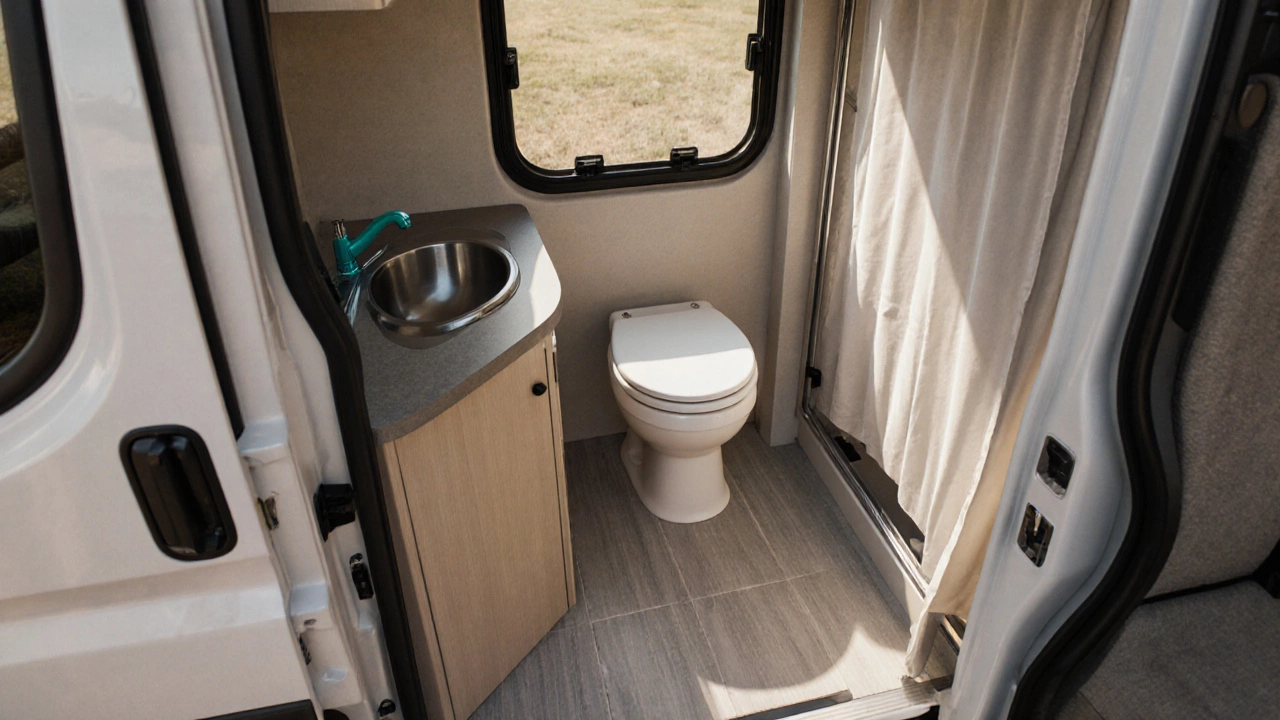RV Toilet Options: Choose the Right System for Your Motorhome
When planning your next road trip, RV toilet options are a big decision. RV toilet options, the variety of bathroom systems you can install in a motorhome determine how comfortable you feel on the road and how you handle waste at campsites. Also known as motorhome lavatory choices, they influence everything from water usage to where you can park overnight.
Key Types and How They Impact Your Journey
The most common choices fall into three groups. First, the cassette toilet, a portable waste tank that can be sealed and taken to a dump point offers easy removal and works well for short trips or seasonal users. It’s lightweight, requires no permanent plumbing, and fits snugly under a seat. Second, the gravity‑flush toilet, a fixed system that uses a black water tank and relies on gravity to move waste gives a more home‑like feel; you press a lever and the waste drops into the tank, but you need a solid waste tank and a proper vent. Third, the composting toilet, a dry system that breaks down waste into compost using bacteria and heat eliminates the need for a black water tank altogether, making it ideal for off‑grid boondocking. Each type has trade‑offs: cassette toilets are cheap and simple, gravity‑flush units provide convenience at the cost of extra weight, and composting models demand more maintenance but give you true freedom from dump stations.
The choice you make also ties into RV waste management, the overall strategy for handling black water, gray water, and toilet chemicals. A well‑matched toilet system reduces the need for frequent tank emptying, lets you stay longer at free or wild‑camp sites, and keeps your motorhome lighter, which improves fuel economy. In short, picking the right RV toilet option influences your comfort, the types of campsites you can use, and the amount of gear you need to carry. Below you’ll find articles that break down costs, installation tips, and real‑world experiences with each system, helping you decide which setup fits your travel style.
-
 VIEW POST
VIEW POSTDo Class B Motorhomes Include a Toilet? What You Need to Know
Oct, 12 2025|0 CommentsFind out if Class B motorhomes include a toilet, explore cassette, portable and composting options, and learn how to choose, install, and maintain the right system for van life.